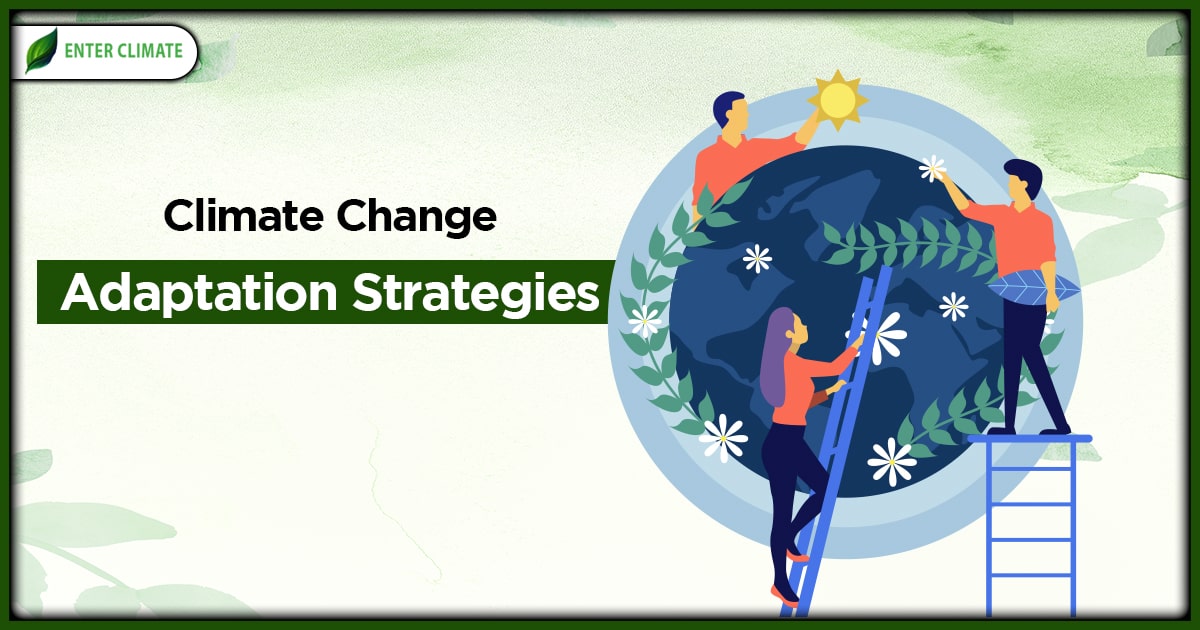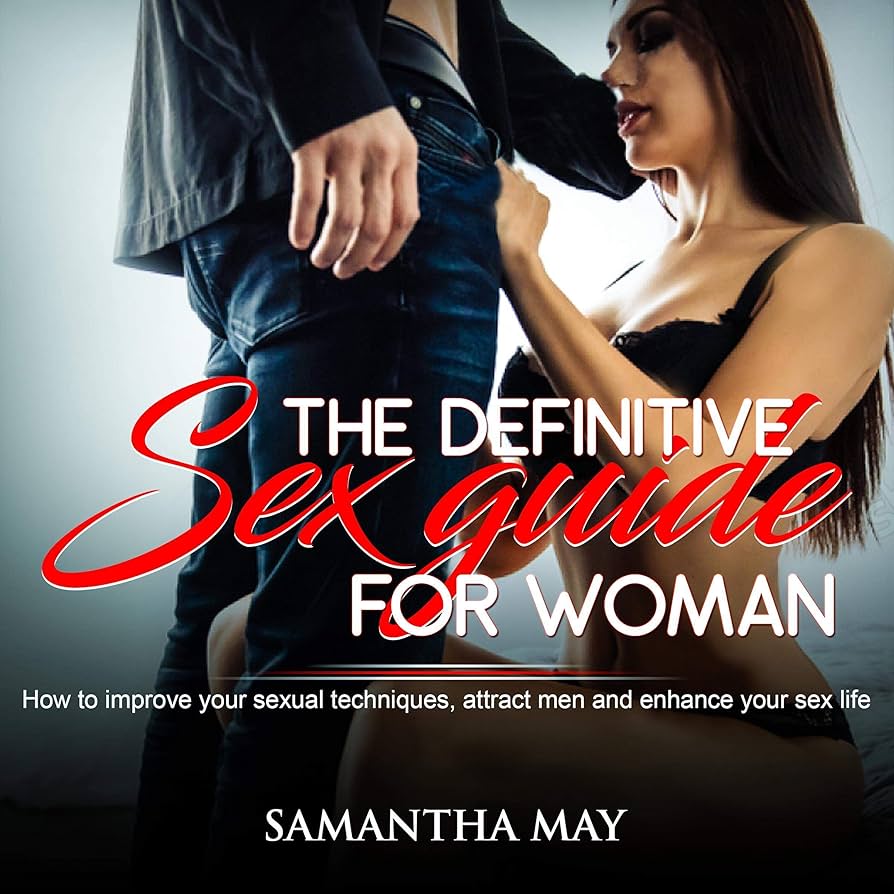Report on Civil Society Engagement at the 2025 UN High-Level Political Forum on Sustainable Development
The 2025 United Nations High-Level Political Forum (HLPF) convenes UN member states, policymakers, and civil society leaders to evaluate progress toward the 2030 Agenda for Sustainable Development. The forum operates under the theme, “Advancing sustainable, inclusive, science- and evidence-based solutions for the 2030 Agenda for Sustainable Development and its Sustainable Development Goals for leaving no one behind.” In this context, civil society organizations are leveraging the HLPF as a platform to hold governments accountable and present evidence-based solutions for advancing gender equality and human rights, which are central to the achievement of the Sustainable Development Goals (SDGs).
Equality Now is contributing to this global review by co-sponsoring two side events focused on structural legal reform and inclusive, survivor-led responses to gender-based violence (GBV) as key accelerators for the SDGs.
Side Event 1: Accelerating Equality in Law for Women and Girls
This high-level event, co-organized by Equality Now, UN Women, IDLO, and a coalition of state and civil society partners, addresses the persistent challenge of legal discrimination against women and girls. The event posits that the failure to achieve full legal equality is a primary barrier to fulfilling the promise of the SDGs.
Objectives and Linkages to the Sustainable Development Goals
The primary objective is to demonstrate that comprehensive legal reform is a critical and achievable pathway to sustainable and inclusive development. The event aims to:
- Illustrate the transformational impact of legal reform on sustainable development.
- Showcase successful national journeys toward repealing discriminatory laws, with examples from the Philippines, Kyrgyz Republic, and Spain.
- Provide practical tools and data from partners like the World Bank and the Inter-Parliamentary Union to support global reform efforts.
- Mobilize political will to translate policy ambition into concrete action to end sex and gender discrimination in law.
This initiative directly supports the achievement of several SDGs:
- SDG 5 (Gender Equality): The event’s core focus is on Target 5.1, to end all forms of discrimination against all women and girls everywhere.
- SDG 16 (Peace, Justice and Strong Institutions): It underscores the necessity of non-discriminatory laws and policies for building peaceful, just, and inclusive societies.
- SDG 8 (Decent Work and Economic Growth): It connects legal equality to improved economic opportunities and outcomes for women.
- SDG 3 (Good Health and Well-being): The discussion will highlight the positive ripple effects of legal equality on health outcomes for women and girls.
Side Event 2: Advocating for Inclusive Responses to Gender-Based Violence
Co-sponsored by Equality Now, ARGO (Kazakhstan), UN Women, UNFPA, and regional partners, this event centers the voices and expertise of women with disabilities from Central Asia. It highlights the intersecting discrimination they face and advocates for inclusive policies to combat gender-based violence, in line with the 2030 Agenda’s principle of “leaving no one behind.”
Objectives and Linkages to the Sustainable Development Goals
The event focuses on the disproportionate rates of violence experienced by women with disabilities and the significant barriers they face in accessing justice and support services. By presenting lived experiences and expert testimony from advocates in Kazakhstan, Kyrgyzstan, Tajikistan, and Uzbekistan, the event seeks to drive policy change.
The discussion is directly relevant to the following SDGs:
- SDG 5 (Gender Equality): It addresses Target 5.2, the elimination of all forms of violence against all women and girls, with a specific focus on a marginalized group.
- SDG 10 (Reduced Inequalities): The event directly confronts the intersecting forms of discrimination based on gender and disability.
- SDG 16 (Peace, Justice and Strong Institutions): It calls for the reform of laws and institutions to ensure they are accessible and responsive to the needs of all women, including those with disabilities.
Conclusion: The Imperative of Legal Reform for the 2030 Agenda
The HLPF provides a critical global stage to reinforce that progress on the 2030 Agenda is contingent on collective action rooted in law and evidence. The side events demonstrate that legal and institutional reforms are fundamental prerequisites for achieving sustainable development. Civil society’s role is to present the evidence, share successful models, and speak truth to power to ensure that the path to equality, justice, and dignity for all women and girls remains a global priority.
SDGs Addressed in the Article
SDG 5: Gender Equality
- The article is centered around advancing gender equality, which is the core of SDG 5. It explicitly mentions the goal of “advanc[ing] gender equality and human rights” and focuses on events aimed at “dismantling structural inequality through legal reform” and addressing “gender-based violence (GBV).” The text highlights the fact that “no country has yet achieved full legal equality for women and girls.”
SDG 10: Reduced Inequalities
- The article addresses the need to reduce inequalities by focusing on the specific challenges faced by women with disabilities. It highlights an event that “centers the voices of women with disabilities” who are “navigating intersecting discrimination.” This directly connects to the principle of “leaving no one behind,” a central theme of the 2030 Agenda and SDG 10.
SDG 16: Peace, Justice and Strong Institutions
- The article emphasizes the importance of legal and institutional reform to achieve gender equality. It discusses how “entrenched legal discrimination holds back women’s rights, economic development, and peacebuilding efforts.” The focus on “accessing justice” for survivors of violence and building “laws and institutions… with the needs of all women in mind” aligns with the goal of creating just and strong institutions.
Specific SDG Targets Identified
-
Target 5.1: End all forms of discrimination against all women and girls everywhere.
- This target is central to the article’s first event, “Accelerating Equality in Law for Women and Girls.” The event’s purpose is to explore how to eliminate “gender-discriminatory laws” and achieve “full legal equality for women and girls.” The text states that legal equality is a “pathway to sustainable, inclusive development.”
-
Target 5.2: Eliminate all forms of violence against all women and girls in the public and private spheres.
- The article directly addresses this target by discussing “gender-based violence (GBV)” and “intimate partner violence.” The second event, “Women with Disabilities Advocate for Inclusive Responses to GBV,” is dedicated to ending violence, particularly for a vulnerable group.
-
Target 5.3: Eliminate all harmful practices, such as child, early and forced marriage and female genital mutilation.
- This target is explicitly mentioned when the article notes a “dangerous rollback of hard-won rights, from attacks on reproductive freedom to legal challenges against protections from child marriage and FGM/C.”
-
Target 10.2: By 2030, empower and promote the social, economic and political inclusion of all, irrespective of age, sex, disability, race, ethnicity, origin, religion or economic or other status.
- The article’s focus on “women with disabilities” and the need for “inclusive policies that leave no one behind” directly reflects this target. The event highlighting their experiences advocates for their inclusion and protection from “intersecting discrimination.”
-
Target 16.3: Promote the rule of law at the national and international levels and ensure equal access to justice for all.
- This target is implied through the discussion of barriers women with disabilities face in “accessing justice” and the overall push for legal reforms that ensure rights are upheld and protected.
-
Target 16.b: Promote and enforce non-discriminatory laws and policies for sustainable development.
- The entire article is a call to action for this target. It advocates for the repeal of “discriminatory laws” and the enforcement of legal equality, arguing that this is essential for “sustainable, inclusive development.” The event featuring the World Bank’s “Women, Business and Law” team directly supports this by offering “practical tools and data” for legal reform.
Indicators Mentioned or Implied
-
Indicator 5.1.1: Whether or not legal frameworks are in place to promote, enforce and monitor equality and non-discrimination on the basis of sex.
- This indicator is directly implied by the article’s central theme. The statement that “no country has yet achieved full legal equality for women and girls” and the focus on repealing “gender-discriminatory laws” are direct references to the status of legal frameworks concerning gender equality. The mention of the “World Bank’s Women, Business and Law” team, which tracks such laws, further reinforces this.
-
Indicator 5.2.1: Proportion of ever-partnered women and girls subjected to physical, sexual or psychological violence by a current or former intimate partner.
- This is implied by the reference to research showing that “women with disabilities are significantly more likely to experience intimate partner violence.” This statement suggests that data on the prevalence of such violence exists and is used to highlight the severity of the issue.
-
Indicator 10.3.1 / 16.b.1: Proportion of population reporting having personally felt discriminated against or harassed… on the basis of a ground of discrimination prohibited under international human rights law.
- This indicator is implied through the focus on the “lived experiences” of women with disabilities “navigating intersecting discrimination, both in law and in daily life.” The article’s emphasis on sharing “powerful evidence and stories” from those affected suggests that personal reports of discrimination are a key measure of inequality and the failure of non-discriminatory policies.
SDGs, Targets, and Indicators Analysis
| SDGs | Targets | Indicators (Mentioned or Implied) |
|---|---|---|
| SDG 5: Gender Equality |
5.1: End all forms of discrimination against all women and girls everywhere.
5.2: Eliminate all forms of violence against all women and girls. 5.3: Eliminate all harmful practices, such as child, early and forced marriage and female genital mutilation. |
5.1.1: Whether or not legal frameworks are in place to promote, enforce and monitor equality and non-discrimination on the basis of sex.
5.2.1: Proportion of ever-partnered women and girls subjected to intimate partner violence. |
| SDG 10: Reduced Inequalities | 10.2: Empower and promote the social, economic and political inclusion of all, irrespective of sex, disability, etc. | 10.3.1: Proportion of population reporting having personally felt discriminated against or harassed. |
| SDG 16: Peace, Justice and Strong Institutions |
16.3: Promote the rule of law and ensure equal access to justice for all.
16.b: Promote and enforce non-discriminatory laws and policies for sustainable development. |
16.b.1: Proportion of population reporting having personally felt discriminated against or harassed. |
Source: equalitynow.org







